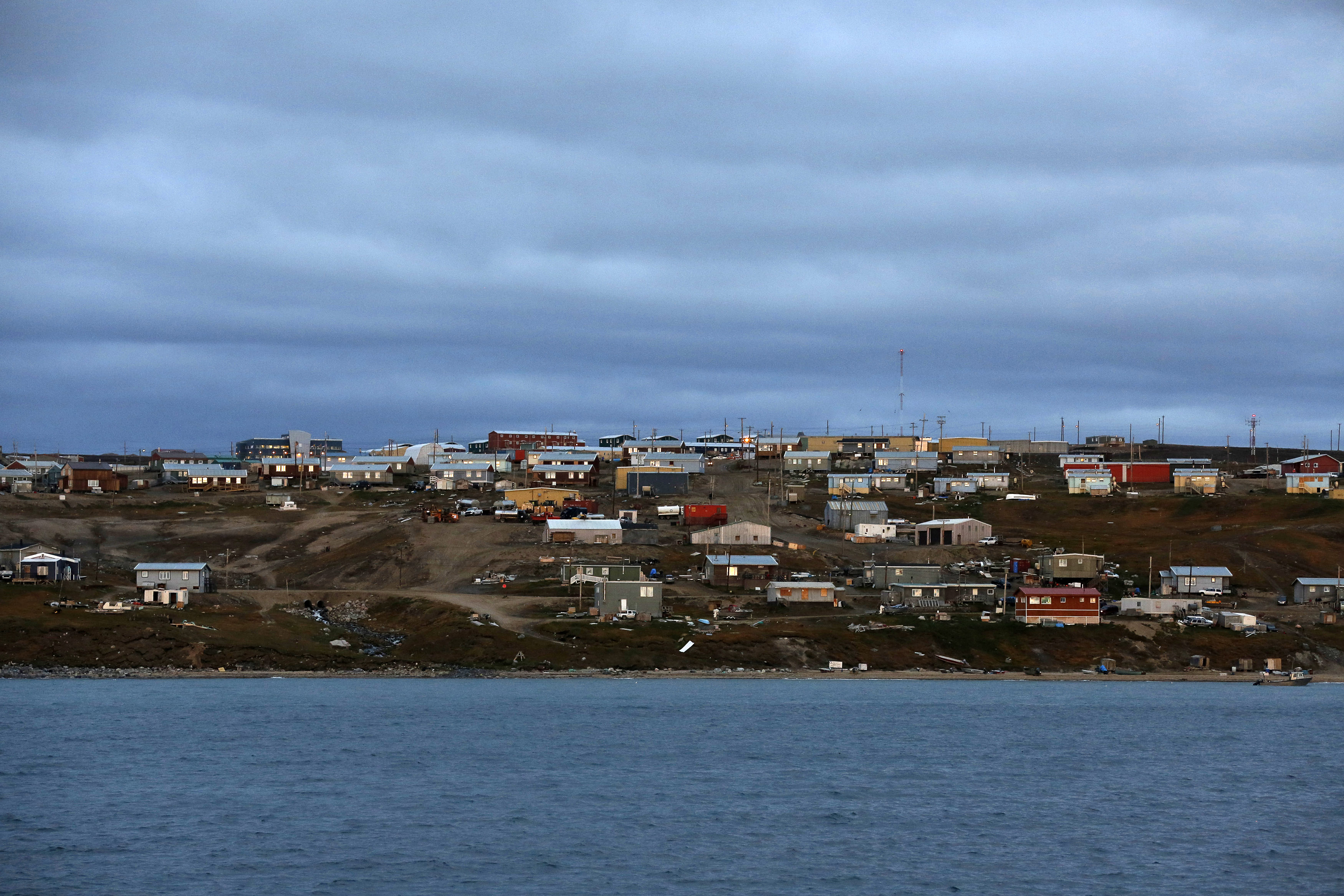How telepresence technology can bridge the gap on mental health counselling in Nunavut
Canada’s North has a demonstrated need for better mental health services — and existing technology in place to link providers with patients remotely.

Spread over an area five times the size of France, the territory of Nunavut in Canada is home to only 38,000 people. With small communities situated far apart from one another across the vast area, the government struggles to provide adequate services those who call the territory home. This issue is particularly stark in the field of mental health. While mental health data is woefully scarce in the territory, the numbers we do have speak for themselves. In 2004 Nunavut’s suicide rate was 11 times Canada’s national average. Although the territory has recently made significant progress in combatting its mental health crisis — funding innovative work in crisis response, promoting cultural engagement, and improving youth services already appear to be have an impact — its suicide rate continues to be the highest in the nation.
The factors that contribute to this crisis are complex. A history of government relocation and centralization removed Inuit from their traditional lands through force or false promises to places they were assured were cheaper, easier, and better. Children were sent away to residential schools where they were forced to forget their language and their communities. Inuit were violently uprooted from their culture and the land from which their entire way of life sprung — and the repercussions of this colonialism caused and continue to cause intergenerational trauma. This trauma has broad and well-documented impacts on the mental health of Indigenous peoples. Lack of opportunity and substance abuse are deeply connected and feed into the lasting catastrophes of Canadian Indigenous policy.
And while headway has been made to heal the complex cultural and social wounds that feed into the crisis, this work takes time. Notably, studies have established the absence of adequate medical counselling exacerbates these deep-seeded issues.
Nunavut, however, struggles to attract qualified professionals or create internal capacity. And as long as this gap remains, human suffering continues unnecessarily.
Luckily, technology offers tremendous opportunity in bridging this gap. If people in Arviat or Cambridge Bay, Gjoa Haven or Chesterfield Inlet, could regularly meet with a mental health counsellor remotely, it would remove significant strain on the system, keep costs down, and allow on-the-ground practitioners to focus on the most urgent cases. Telepresence technology make that possible without significantly compromising the quality of counselling. It allows counsellors and patients sitting thousands of kilometers apart to meet face to face on a regular basis — removing the geographical and cost barriers that have traditionally limited access. Pairing the many available mental health professionals spread across the North or throughout southern Canada, a telepresence counselling program would distribute resources more equitably and have immediate preventative benefits.
The best part? The infrastructure is already in place. Currently, telepresence platforms exist in 41 schools across northern Canada and are used as invaluable educational and connective tools for students. But when school is not in session, these valuable resources go dark. By utilizing these resources during off hours for mental health counselling, northern governments can connect their citizens with a network of mental health professionals for very little cost. And while some have raised confidentiality and privacy concerns about such remote counselling in the past, encrypted platforms such as Signal now offer highly-protected online connections that will protect these conversations.
This is not to say that this proposal is a panacea. Assuring the program is implemented in partnership with the communities themselves and that counsellors are sufficiently trained in the unique context of Indigenous societies and life in the North is the only way that this program will successfully empower those it seeks to help. Privacy concerns remain in these small communities — how do you alleviate stigma and make sure those using the service can do so privately? Moreover, while Canadian mental health professionals have begun to develop best practices for remote services, sufficient regulation and monitoring is needed to ensure that patients are properly served and protected. And because a routine appointment can quickly turn into something more serious, integration between the service and on the ground response teams is a necessary prerequisite to any such program being implemented. But these challenges can be overcome. Given the dire need for these services, they must be addressed, and addressed quickly.
Improved access to counselling services is only one small part of the hard work ahead of Canadians as we work to mend the inequalities within our country and heal the wounds of our colonial past. But it is one that can have immediate and tangible benefits to those who need it most, as well as one that might well be reproduced across the Arctic. By implementing this program, we can affordably reach more people who need mental health counselling, regardless of the size of the community or how remote it is. While significant challenges remain, implementing telehealth consultation provides a powerful opportunity to heal historical injustices and build more inclusive societies.
Zachary Smith is a candidate for Doctor of Jurisprudence and Masters of Public Policy degrees at Harvard Law School and the Harvard Kennedy School.

The views expressed here are the writer’s and are not necessarily endorsed by the Arctic Initiative or ArcticToday, which welcomes a broad range of viewpoints. To submit a piece for consideration, email commentary (at) arctictoday.com.